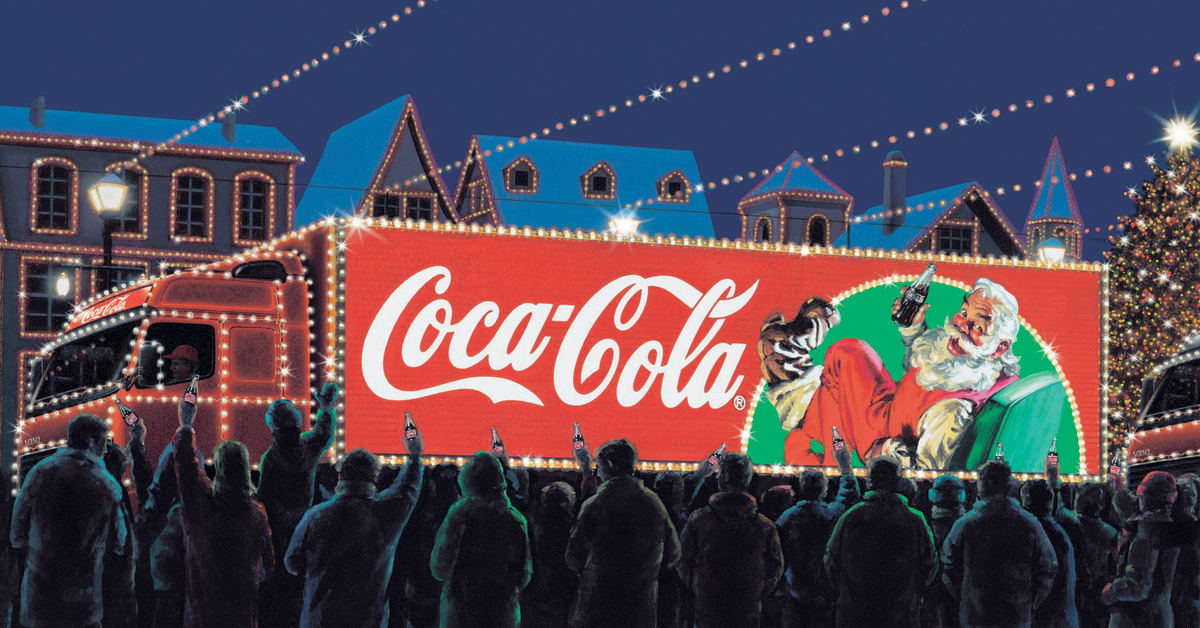It’s a good thing the game between the NFL’s New England Patriots and the New York Giants was exciting because this year’s Super Bowl commercials were dull, and what a weird thing to say about the Super Bowl. Generally, it’s the very opposite of that.
Perhaps it’s best not to read too much into Super Bowl ads vying for viral buzz (many of which adopted a new pre-game, social media preview approach to generate buzz, albeit some have argued it was poorly done). But there was one thing that stood out.
In a noticeable departure from the tradition of Super Bowl Sunday, this year’s crop of ads lacked courage. They took no risks. They pushed no boundaries. They defied no expectations. Truth be told, they were gutless.
These are harsh words, but others have expressed similar disappointment with this year’s Super Bowl ads, including Stuart Elliott, The New York Times’ trenchant observer of advertising, who wrote in his column the day after the game about the “dearth of originality” in this year’s assortment of ads.
Why so little daring and audacity? Now, rarely is looking from the outside in on the business motives and creative objectives of advertisers a useful way of dissecting advertising decisions. Yet, what was seen on air points unambiguously to the things that advertisers felt comfortable doing, things that hint at their intentions. More specifically, advertisers felt safest recycling the sorts of themes, humor, characters, plot twists and surprise endings that were inventive the first time out in years past. Some of these ads even made direct reference to past ads (or other past pop culture). It was a night of commercials that, in effect, imagined the future as a salvage project of things bygone.
Maybe this year’s Super Bowl ads are just reflective of a moment of cultural monotony in which today’s original idea is little more than a refurbishment of one from the past, something many have lamented as a current retro rut of fashion, music and design. But maybe this year’s Super Bowl ads are reflective of something else as well, to wit, a broader reluctance that marketers feel nowadays about asking consumers to take risks in a time of financial difficulties and societal volatility. If so, marketers are making a big mistake.
There is no doubt that consumers have turned their backs on the kind of irresponsible, over-reaching indulgence that defined the debt and spending frenzy of the 2000s. There is no doubt as well that consumers are more attuned to risk and consequences as factors in their decision-making. But prudence and vigilance do not mean that consumers are uneasy about something new. In fact, the meltdown of the old order making consumers more mindful is also the very thing making consumers more interested in fresh approaches to everything in their lives.
With all of the old rules in question, everything is up for grabs. Consumers are embracing an experimental culture, looking for better ways of shopping, working and living. They want new ideas. They are open to new ideas. Indeed, it is not hyperbole to say that they are desperate for new ideas.
For the Super Bowl, brand marketers seemed to let timidity get the better of them, at exactly the time that consumers are looking for brands with the mettle to measure up to new and smarter ways of doing things. The imperative today is for brands to step up and offer consumers an innovative and optimistic view of the future, not a wistful withdrawal into the past. Consumers are looking for boldness and originality. Consumers want a comeback. They got that in the game. Now it’s time that they got that from brand marketers, too.
The Blake Project Can Help: The Brand Positioning Workshop
Branding Strategy Insider is a service of The Blake Project: A strategic brand consultancy specializing in Brand Research, Brand Strategy, Brand Licensing and Brand Education




